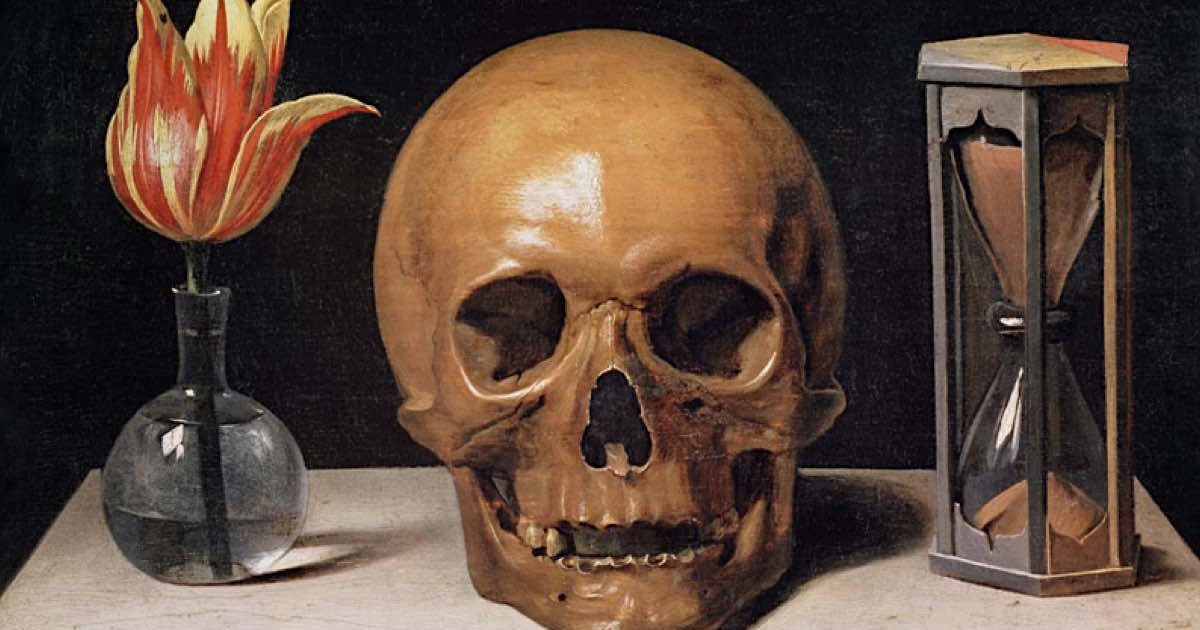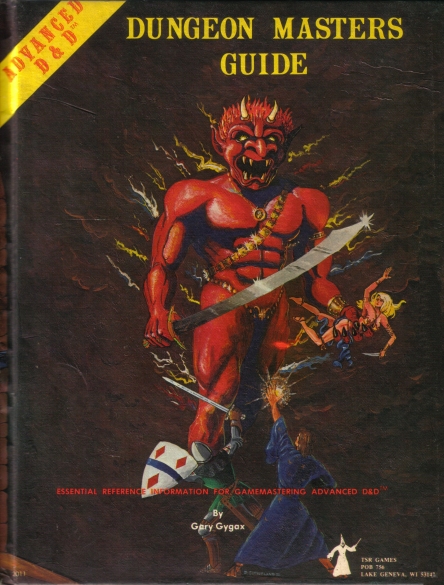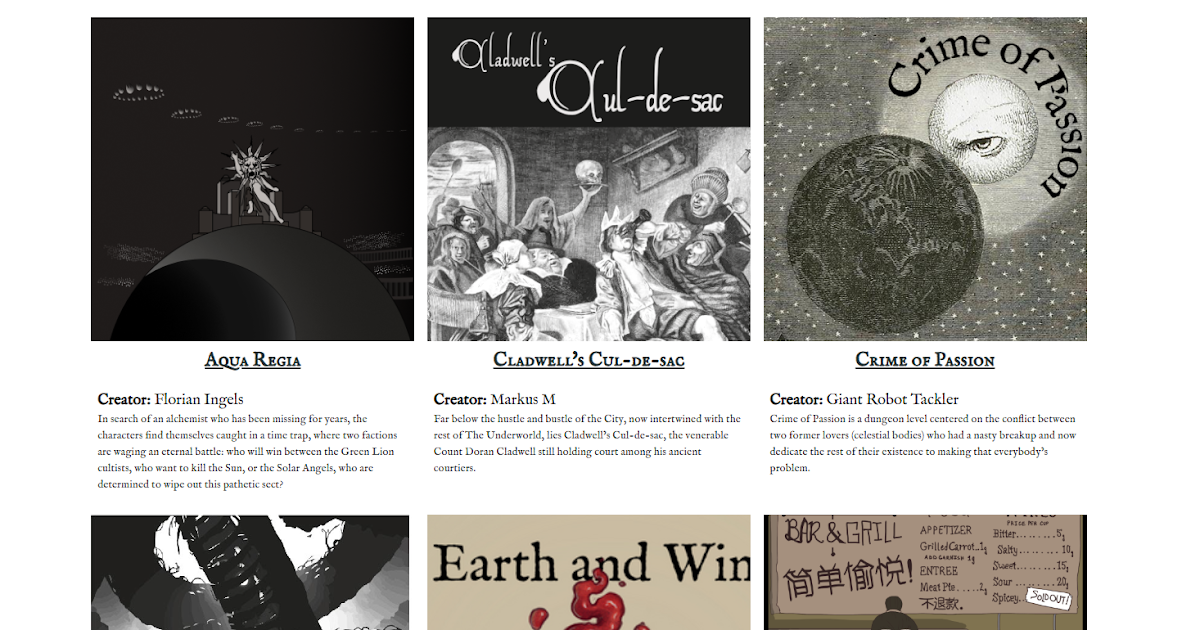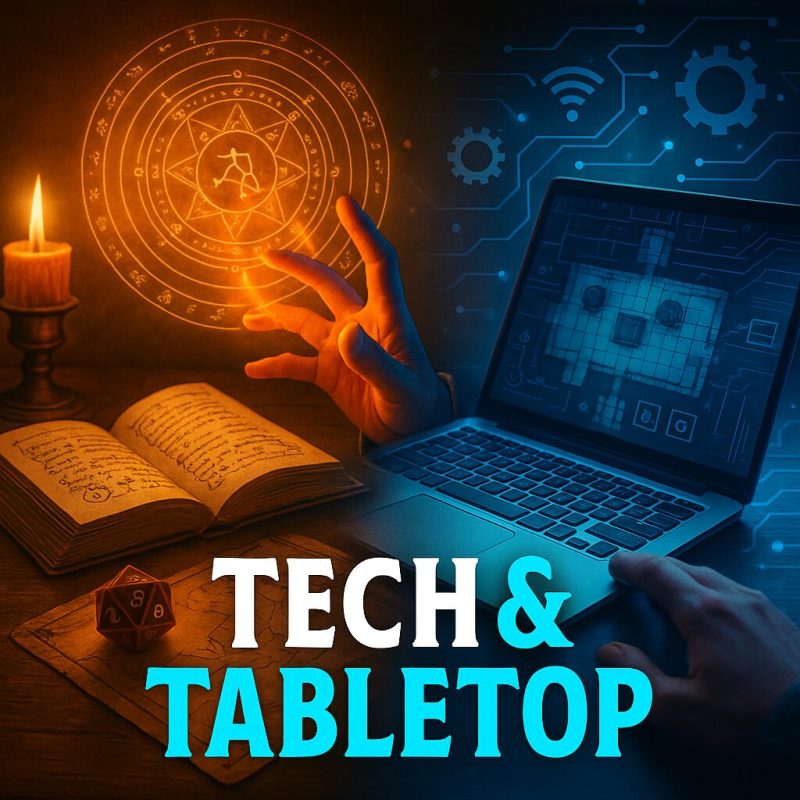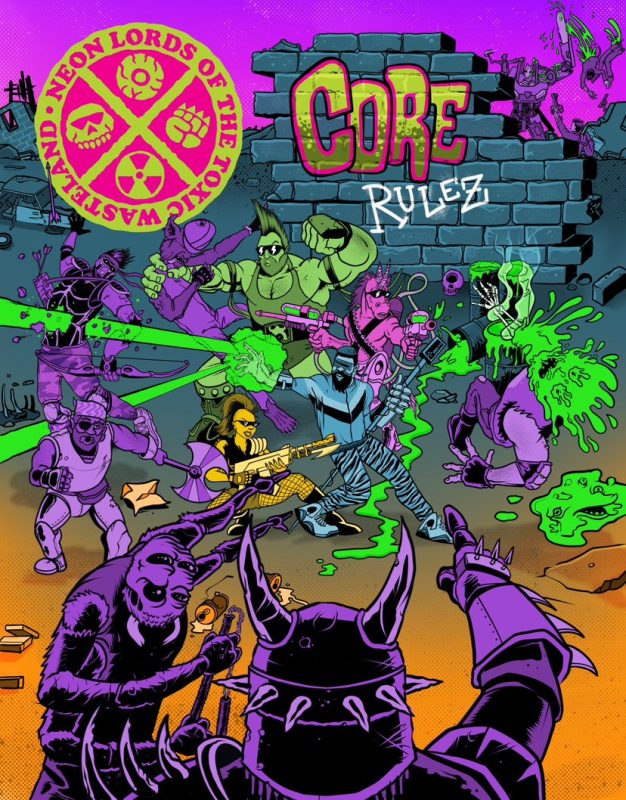SMOOSH JUICE
REPOST: The Articles of Dragon: “A New Game with a Familiar Name”

If the results of my poll back in October are any indication, nearly two-thirds of my regular readership entered the hobby within the first ten years of its existence, with a sizable portion of them doing so between the years 1980 and 1984. During that five year span, two different Basic Sets appeared, the first in 1981 and the second in 1983. Being a Holmes man who’d “upgraded” to AD&D sometime in 1980, I had no need for either of the Basic Sets released subsequently, but, TSR fan boy that I was, I nevertheless dutifully purchased both when they were released. That, of the two, I still have Tom Moldvay’s 1981 version still sitting on my shelf today probably tells you all you need to know about my opinions of them.
But, back in issue #77 (September 1983) of Dragon, the reviser of the 1983 version, Frank Mentzer, made his case for why we needed a new Basic Set. It’s a really fascinating article, both because it suggests that TSR obviously felt some need to justify the release of yet another Basic Set and because of the things that Mentzer says in his piece. It is, I think, a fascinating snapshot of the end of the Golden Age, making it well worth a read if you’re at all interested in the history of this hobby and how it changed over the years.
The very first thing Mentzer mentions in his criticism of previous editions is that “you had to find someone to show you how to play.” He notes that, in fact, learning from others who had figured out how to play on their own was the norm previously. That’s because the game had “a devoted following, people who taught newcomers the ways of roleplaying.” Mentzer is absolutely correct about this, as I’ve noted before. In those bygone days, you entered the hobby by initiation, aided by someone who’d done so before you. In my case, it was via a friend’s teenaged brother; I, in turn, taught others how to play. That was the order of things in the late ’70s and very early ’80s. The 1983 edition is thus an attempt to correct this “flaw” of expecting that you’d learn to play from others.
Mentzer then notes that
the previous editions were not revisions. They were new attempts at using the same methods of organization applied to the original data plus evolution. They were not “revised,” merely “reorganized.” This one is different.
That’s an interesting statement. I regularly point out that Holmes isn’t really an introduction to AD&D at all, despite the claims inserted clumsily by TSR, but rather a new edition of OD&D that retains much of the original text of the LBBs. Moldvay is, I think, more of a revision than Mentzer gives it credit for. That said, it’s also largely consonant with the LBBs, again retaining verbiage to be found in the 1974 game. The 1983, on the other hand, is even more than a revision; it’s a rewriting of the game, using new language to express many of the same ideas. There’s nothing wrong with that, of course, but the language is very simple and clearly geared toward children, which wasn’t the case with the Blue Book I first encountered in 1979. Consequently, I recoiled upon reading it and it only further solidified my notion that the D&D line was for kids.
The 1983 set’s focus on self-teaching and simple language probably made sense from a marketing standpoint. Given how well the set supposedly sold, I can’t really fault TSR for going in this direction. At the same time, though, there was clearly a shift happening, away from adults and teenagers as the target audience and away from initiation as the means of entering the hobby. Likewise, the adoption of a unified esthetic (all Elmore and Easley artwork) that, while attractive, seemed to narrow rather than broaden the scope of the game. In short, the 1983 Basic Set marked a definite change from what had gone before.
I’ll be honest: I was somewhat reluctant to write this particular post. I’ve gotten a surprisingly large number of requests from readers asking me to touch on the issue of the differences in philosophy between the 1981 and 1983 Basic Sets. But I also know the fondness with which many remember the Red Box and the profound influence it had on them as younger people. So, I hope no one takes this as a knock against the ’83 boxed set, even if it’s not to my cup of tea. I’m sure there were guys who started with the LBBs who looked at the Holmes set with disappointment, too; that’s the way these things go. At the same time, I don’t think it can be denied that 1983 marks another change in the history of both D&D and the hobby.
